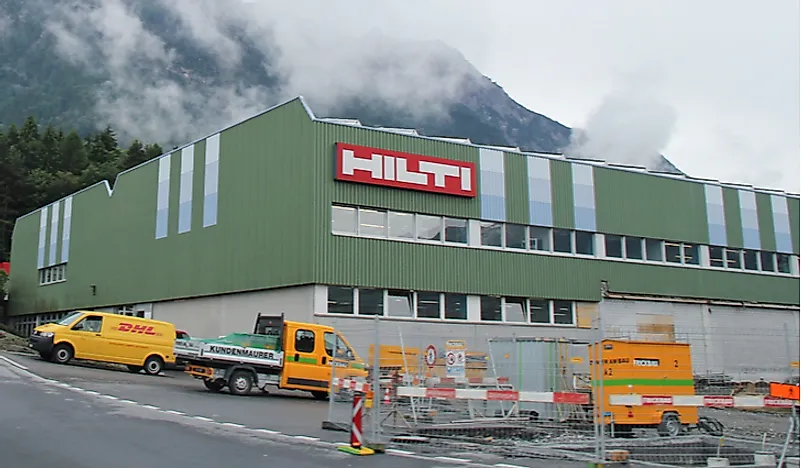What Are The Major Natural Resources Of Liechtenstein?

Officially known as the Principality of Lichtenstein, Liechtenstein is a landlocked microstate that is located in the central part of Europe. The small state has an area of about 62 square miles with water making up 2.7% of this area. As of 2017, the estimated population is a mere 38,547. The capital city is Vaduz while Schaan is the largest municipality. Due to the small size, it is not a surprise that the country has few natural resources. This lack of resources even shows in the economy, which is a mere $5.2 billion based on estimates from 2013. The major resources in the country are arable land for agriculture, the potential for significant production of energy, and some others.
Agriculture And Forestry In Liechtenstein
Estimates place the percentage of arable land in the nation at about 21%. However, only a small fraction of this land is used for agriculture. Despite being a major sector compared to others in the country, agriculture employs less than 1% of the workforce. Forest activities, on the other hand, are a matter of the state as well as municipalities. There are a little over 100 private farms as well as a few mountain farms and people who enjoy farming as a hobby.
Agriculture’s role to the nation includes the protection of the country’s ecosystems, protecting the soil from erosion, preserving the landscape, and environmental protection. All this is achieved through the adoption of sustainable farming methods. In fact, more than 30% of the nation’s farms are organic. Some of the products grown include wheat, dairy products, barley, corn, livestock, and potatoes. Some of the permanent crops include apples, grapes, and other fruit plants.
The more important aspect of agriculture is livestock farming, which is made possible by the topography of the country. To put the importance of livestock into perspective, almost 50% of the total output from agriculture is from the sub-sector. The unique landscape and the climate of Liechtenstein mean the surface is perfect for grazing animals like sheep and cattle. Dairy products are crucial to the farmers’ income. The 60 or so dairy farms produce an annual amount of anywhere between 14 and 15 million kilos of milk. The main dairy processing firm is Milchhof Liechtenstein AG, which operates in both the country and the neighboring Switzerland. Most of the produce is sold within the country and Switzerland as well.
Energy Production In Liechtenstein
Presently, the country imports a huge amount (more than 70%) of electricity and other energy sources due to low electricity production and an absence of fossil fuels. For example, in 2016, the energy production was around 24%, which was actually less than a quarter of the energy needs. This means that very little, if any, electricity is exported to other countries. Over the years, it seems that the energy production has been going down. For example, in 2010, the production was at 80,105 MWh compared to the lower 68,430 MWh of 2015. Conversely, the amount of energy imported has also gone up.
Most of the locally produced power (more than 90%) is accounted for by hydropower while the rest is produced from fossil fuels, solar, wind, and nuclear sources. Unfortunately, the limited space and infrastructure mean that the country is unable to fully exploit its renewable energy sources like hydropower. By 2018, Liechtenstein had 12 hydropower stations such as the Samina Power Station, the Schlosswald Fresh Water Power Station, the Steia Fresh Water Power Station, and others. The poor infrastructure can be seen from the fact that one of the stations dates all the way back to 1927.
In recent years, the nation has been exploring options for solar energy through the use of photovoltaic arrays on top of buildings. This approach is different from the one involving the use of power stations dedicated to solar power production.











